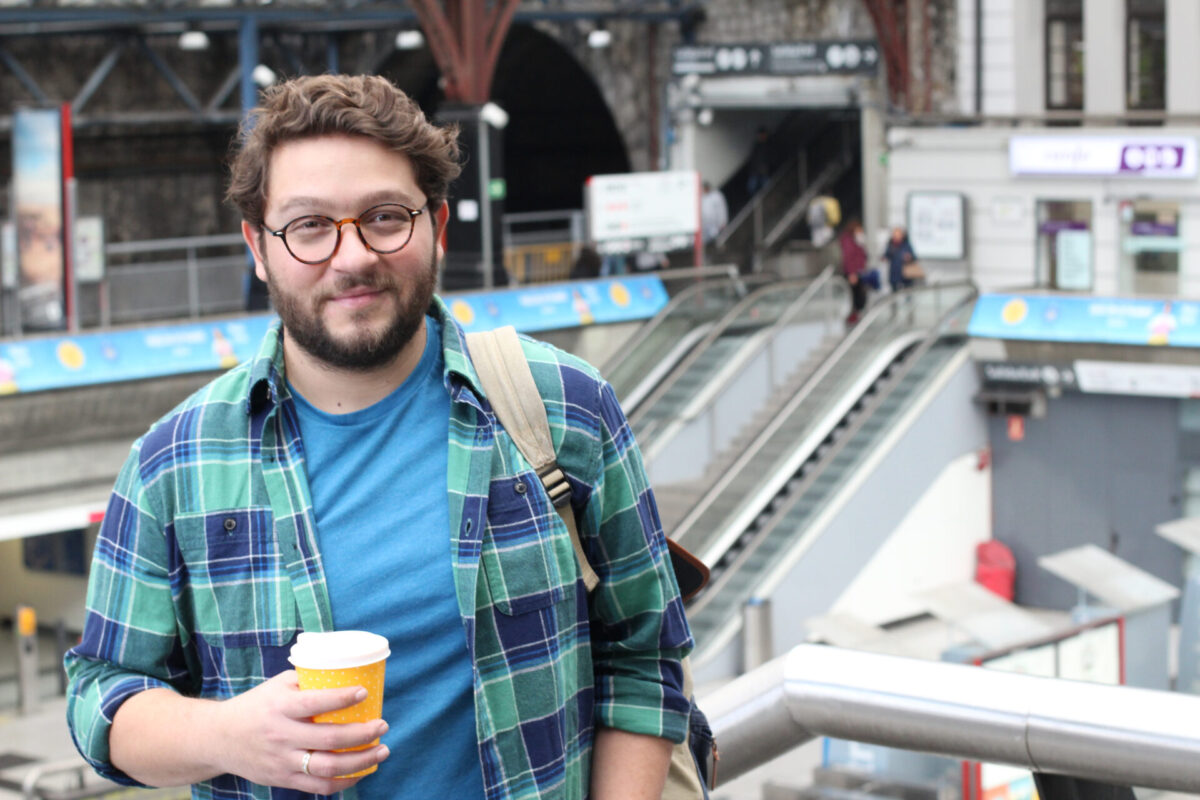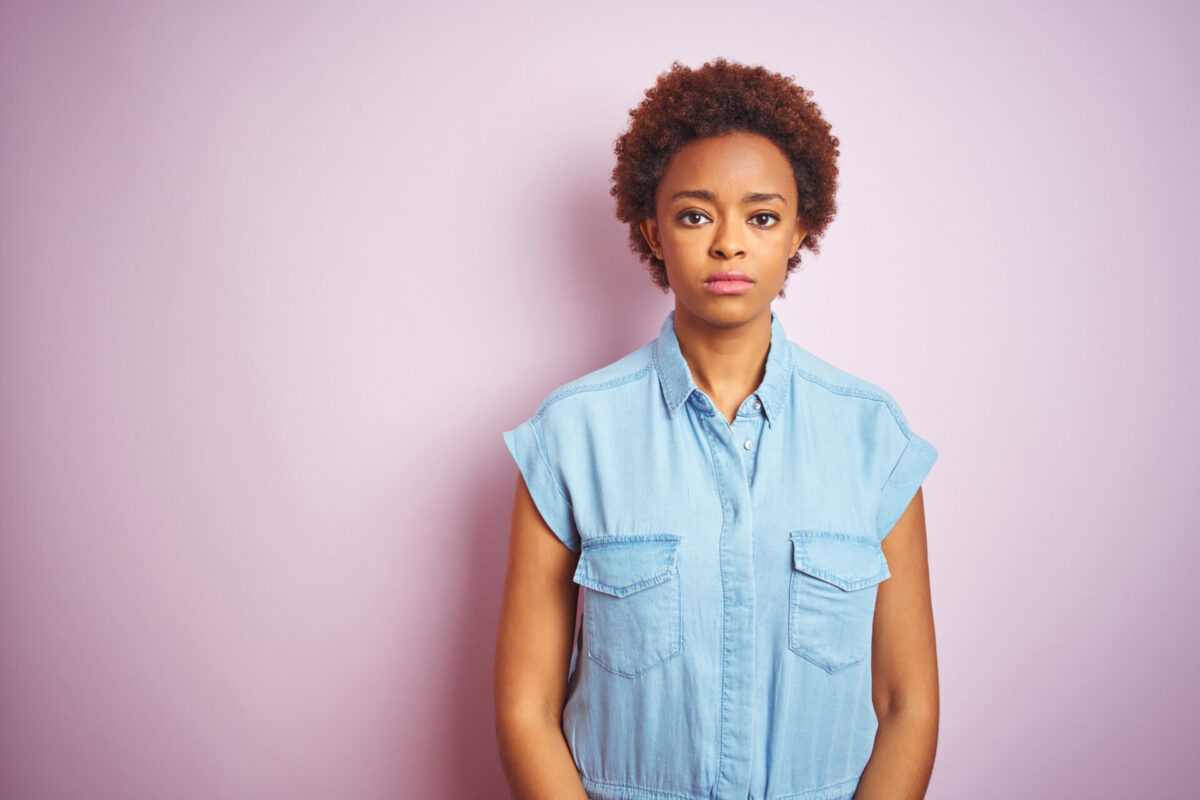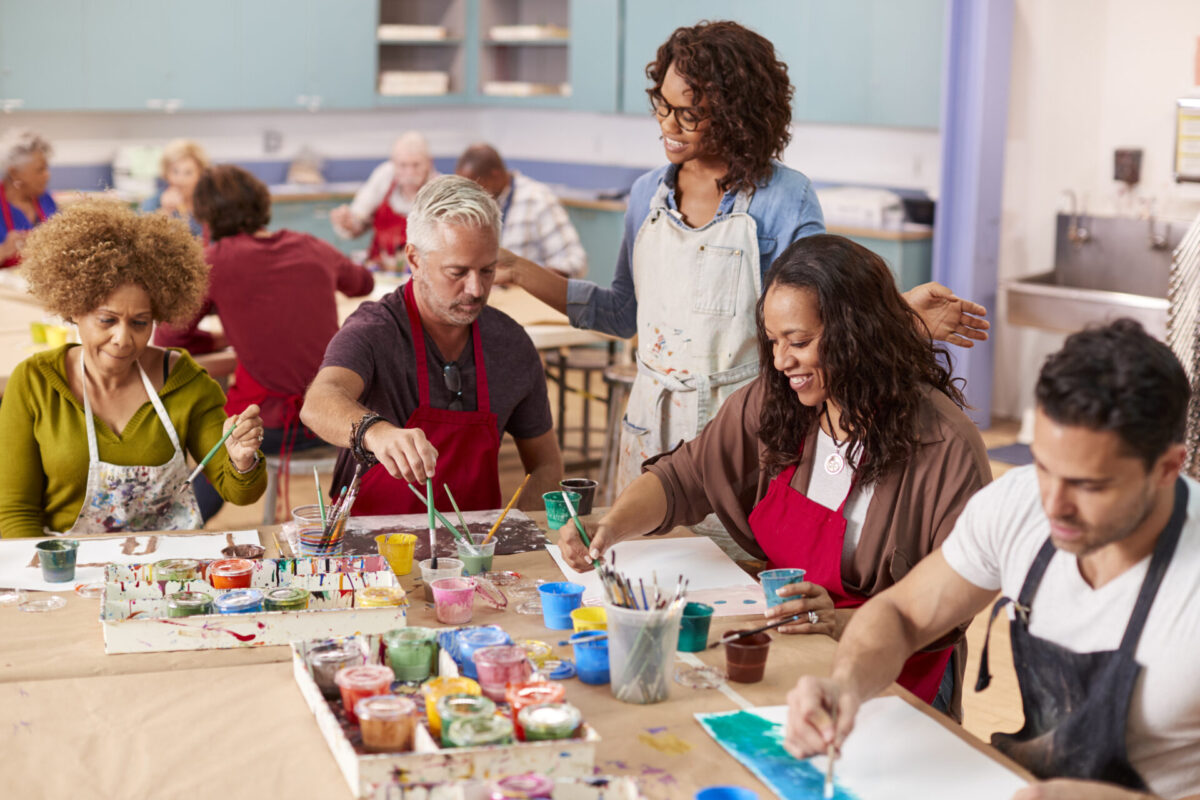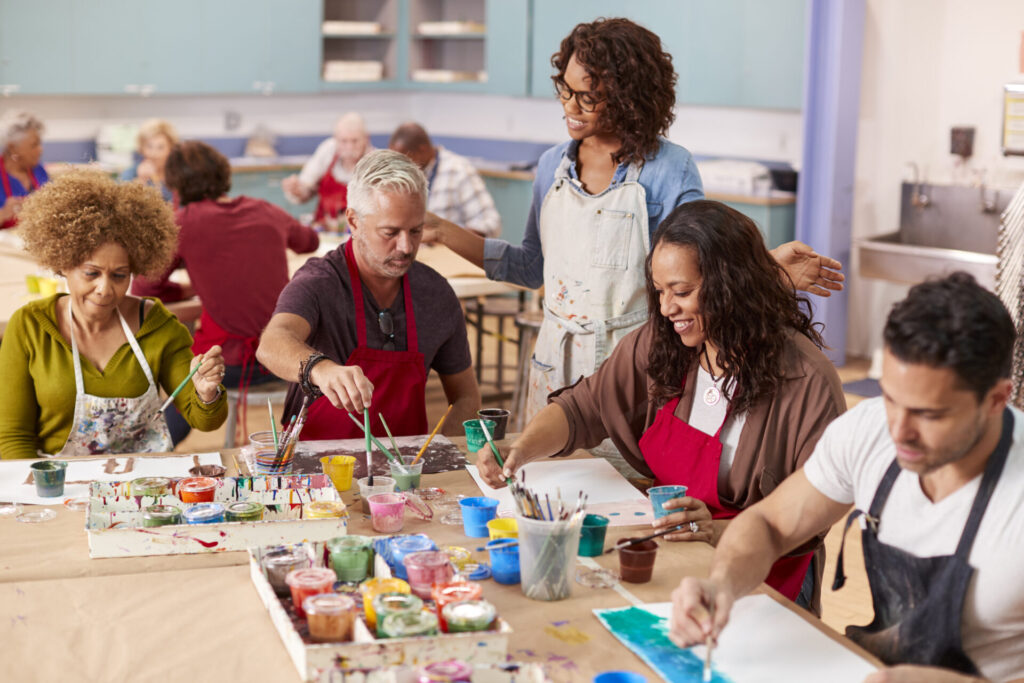Uncover how our corporate wellness services have taken that experience to your office! Boost employee well-being and productivity through targeted health programs. Learn More & Build a Healthier, Happier Team Now
Introduction
This has become a buzzword for Several corporate wellness services in the modern workplace. But what exactly are they? These are the activities and other support employers put in place to encourage employees’ health. Corporate wellness programs aim to help employees live healthier and happier lives (including fitness classes, mental health support & more. Why is this important? Healthy employees mean higher output and lower healthcare costs, leading to a better working environment. While there is so much more to the corporate wellness world, we will briefly look at some other features.
Benefits of Corporate Wellness Services
Increased Productivity
Healthy employees = productive employees. It’s that simple. Consider this: If you feel well, be it physical or mental state of being good, you can work better with a sense of concentration and enthusiasm. Corporate well-being programs will reduce sick days and increase energy levels, which could lead to better performance in the long run.
Reduced Healthcare Costs
Most notably, saving on healthcare costs carries the elements of corporate wellness programs. By encouraging preventive and proactive care, companies can help employees stave off “bad” health events like chronic diseases. Auto Enrollment is good for employees and better than being in a GPP or stakeholder as it will save you money compared to current AE rates; there are also significant savings on the employer healthcare costs.
Improved Employee Morale
A content state of mind is much better for the company. These corporate wellness programs will boost employees’ morale because they know their company cares about them. Consequently, this will create a positive work environment, increasing turnoverturnover, job satisfaction, and overall employee retention.
Lower Absenteeism
The healthier the employee, you know, the drill. Corporate wellness programs encourage healthy habits and offer resources for preventive care, which, in turn, can help reduce absenteeism by ensuring employees are present at their jobs.
Expanded Recruiting and Employment
Nowadays, with the job market being even more competitive than it already is, employees can and should demand things other than, especially in today’s day and age, a paycheck from their employers if they want to keep top talent. Offering a corporate wellness program is one way to attract potential employees by demonstrating that you value their health and well-being. This way, you can differentiate yourself and keep attracting high-quality candidates while ensuring the people already working at your organization will stay on if they are offered more money elsewhere.
Components of Corporate Wellness Programs
Screening and Evaluating for Health
A core feature of many corporate wellness programs is a regular health check, including blood pressure and cholesterol screenings that help employees track changes such as rising glucose levels. It can be a boon as it identifies probable health issues well in advance that necessitate immediate attention.
Fitness Programs
This may look like classes on your company campus, gym memberships, or an onsite team. Promotes overall health: makes you feel more energetic and less stressed, thus reducing physical activity.
Join Me Here: Nutrition and Weight Masterclass
Nutrition is key to living a healthy life. Corporate wellness often consists of seminars on proper nutrition, individual dietary plans, and groups for mutual weight control – all supporting the establishment of more healthy choices among employees.
Mental Health Support
Mental health is as important as physical health. To support their mental health and well-being, employees can participate in stress management workshops, counseling services, or mindfulness/meditation sessions as part of a corporate wellness program.
Smoking Cessation Programs
Smoking is a significant health danger, as well as many corporate wellness programs consist of assistance and info on just how to quit in their employee wellness initiatives. This could be therapy, help with medication, and support groups.
Workshops and Health Education
You can help people identify the resources available to keep them healthy by training. Maggie will manage a corporate wellness program that might contain health topic seminars, online resources, and newsletters to keep your employees educated.
EAP (Employee Assistance Program)
EAPs offer confidential counseling for personal or job-related issues and legal and financial advice. These can assist employees in how to cope with stress, as well.
Incentive Programs
Encourages employees to engage in wellness(activity) ~ Monetary Incentives assist most. Incorporate incentives for participating in particular activities, challenges, or competitions as this can motivate to adopt a healthier lifestyle and make wellness programs more enjoyable.
Flexible Work Arrangements
Flexible hours and working from home can help people manage stress while reducing the tension between their work and home lives. This can make for happier, healthier employees.
How To Get Started With a Corporate Wellness Program?
Assessing Employee Needs
Understanding your employees is the first phase in developing a corporate wellness program. Surveys with focus groups or health assessments may get at their concerns and issues related to being healthy.
Clear Objectives and Goals
A clear sense of direction and purpose is key to the success of a wellness initiative. From decreasing absenteeism to increasing employee morale and even lowering healthcare costs, having the program connected with aims can act as a beacon when designing how- until they are increasingly self-evident!
Designing the Program
There are six areas of choice when designing a corporate wellness program that works best for your company and those working there. These include health screenings, exercise initiatives, emotional well-being programs, and other efforts.
Communication and Promotion
The success of any wellness program is heavily dependent upon communication. These steps can be taken to help promote the program via emails, posters, and other mediums to make employees aware of it and engage them in the platform.
Monitoring and Evaluation
Monitoring and evaluation are essential as programs continue to gauge how well the program performs. This may mean tracking participation rates, health measures, and employee sentiment for pivots when necessary.
Successful Corporate Wellness Programs Case Studies
Example 1: Google
No entity comes to mind more quickly than Google, a famous company for its broad wellness programs. Google provides extensive wellness benefits to its employees through a comprehensive wellness program, including onsite fitness centers, health support, and stress management workshops.
Example 2: Johnson & Johnson
The wellness program with Johnson & Johnson involves preventive care and healthy living. The employer supplies the workers with health screenings, a fitness program, and nutritional guidance to maintain their well-being.
Example 3: SAS Institute
For example, SAS Institute’s wellness program features onsite fitness facilities, health coaching, and mental health support. The company also provides flexible work options to help team members achieve and maintain healthy work-life harmony.
Hurdles to Success in Corporate Wellness Programs
Employee Participation
Employee participation is one of the biggest challenges in corporate wellness programs. A well-designed program can only succeed with employee buy-in.
Measuring Effectiveness
Assessing The Effectiveness Of A Wellness Program Attendance, the easiest-to-measure participation is only one aspect and can hide changes in health outcomes and productivity.
Budget Constraints
And the reality is that budget constraints can limit how wide and deep you go with a wellness program. It is important to find cost-efficient solutions and identify key elements in the program so that although budget constraints determine how much can be spent on each component, whatever money the organization spends gets maximum output for learners.
BARRIERS AT THE CULTURAL AND BEHAVIORAL LEVEL
Barriers to Your Wellness Program, such as cultural and behavioral problems, can also explain why your wellness program isn’t working. Education, communication, and support are some of the ways to address these barriers that affect how well a program works.
Corporate Wellness Trends in the Future
Technology Integration
The role of technology in corporate wellness is more significant than ever. Using tools such as wearable fitness trackers and mobile health apps can increase employee accessibility to wellness programs, making a significant impact.
Individual Wellness Program
There is a growing trend in implementing customized wellness programs specific to the needs and desires of individual employees. This method takes a personalized-lenient approach, which could ensure higher engagement and outcomes to tend to the client based on their health priorities, goals, etc.
Focus on Mental Health
Companies Continue to Prioritize Mental HealthMental health awareness continues to rise, and companies are focusing more on supporting their employees’ mental wellness. For example, mental health resources and counseling services are available to students in addition to stress management programs.
Holistic Approaches
One trend is more holistic wellness strategies that focus on employees’ physical, mental, and emotional health. The programs seek to treat employees as whole people regarding health, addressing all areas of well-being.
FAQs
What are corporate wellness services?
Corporate Wellness Services Corporate wellness services are arrangements with businesses that intend to improve their workers’ health workout programs to screenings for your health and wellness services-related benefits, including mental support, etc.
How to Begin Wellness Approach in Your Company
It has been established to start a corporate wellness program correctly, assess employee needs, and set clear goals for your NEW company culture wherever you implement WELLNESS effectively!!-, develop programs (develop open communication & promotion; how are we going on our New Journey?, monitor and evaluate results.
How Much Does Corporate Wellness Cost?
Professional development programs can be anything from a few-hour workshops to longer eCourses costing $50,000 and up. Businesses could conduct affordable actions to achieve incremental steps and then gradually scale the program as budget permits.
Can small businesses benefit from corporate wellness programs?
The program still applies; it works just as well for small businesses interested in their employee’s health and wellness. Simple efforts, such as providing healthier food options or establishing walking groups, are beneficial.
How corporate wellness programs increase employee retention
A corporate wellness program could increase employee retention by improving morale and creating a friendlier, more supportive work environment, showing the employees that their company cares about them.
Conclusion
There are several benefits to corporations by providing wellness services, such as increased productivity and reduced healthcare costs (among others), in the form of higher employee morale & retention. Companies that take this seriously and have comprehensive wellness programs not only increase the health and well-being of their employees but also turn workforces who are healthier, happier – and more productive. So, if you have not done that already, start thinking about a corporate wellness program for your organization.



















